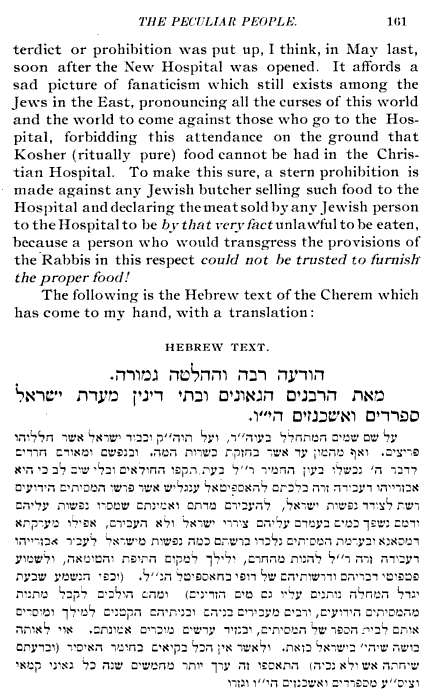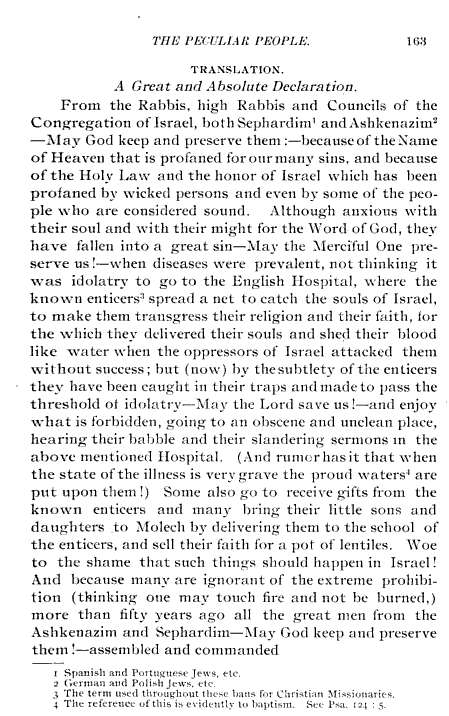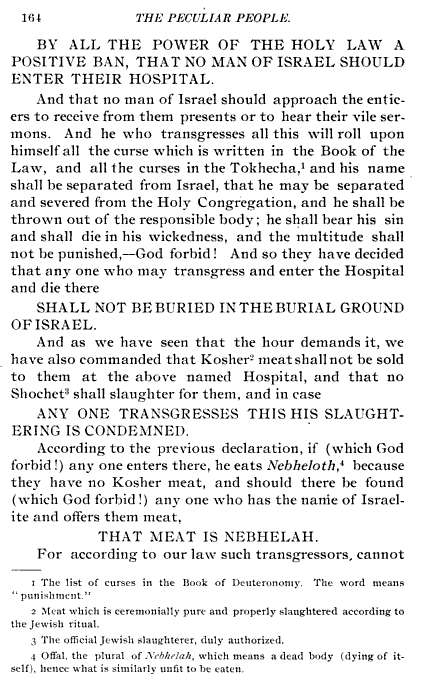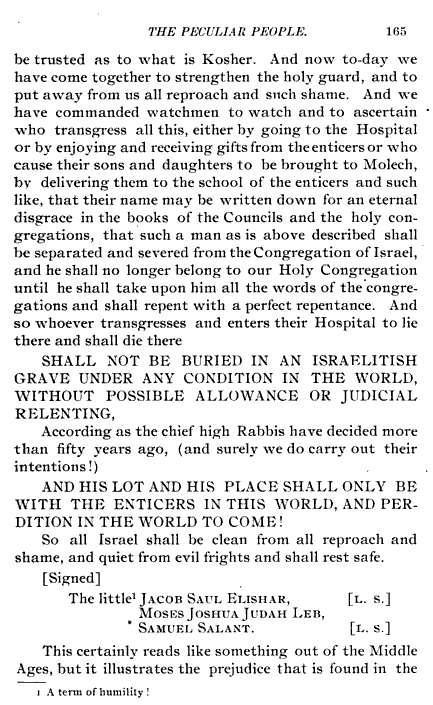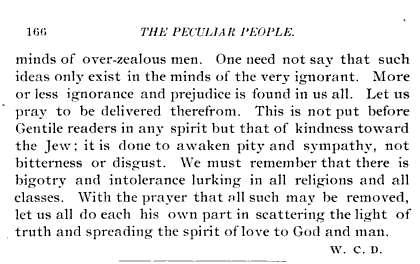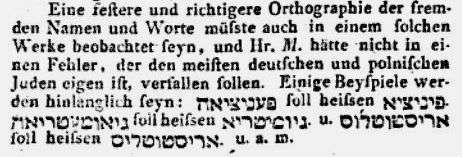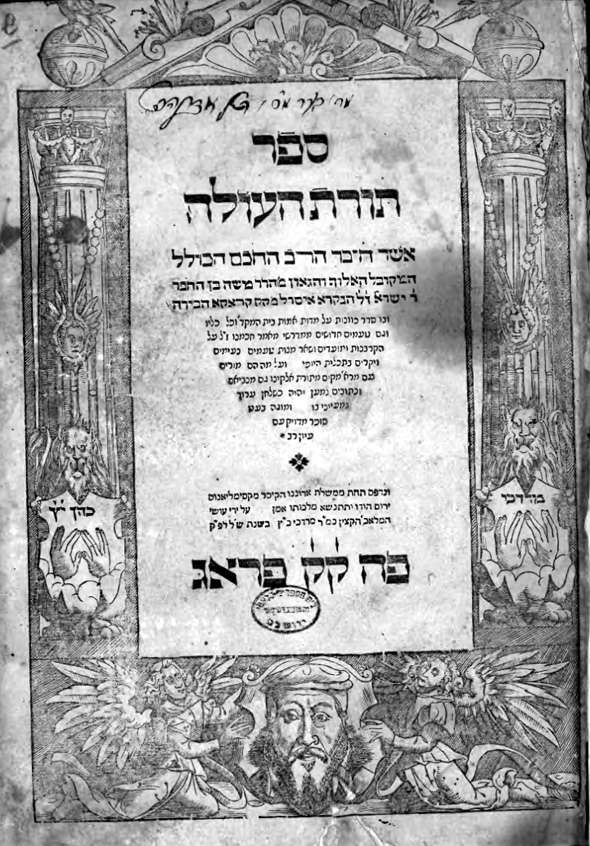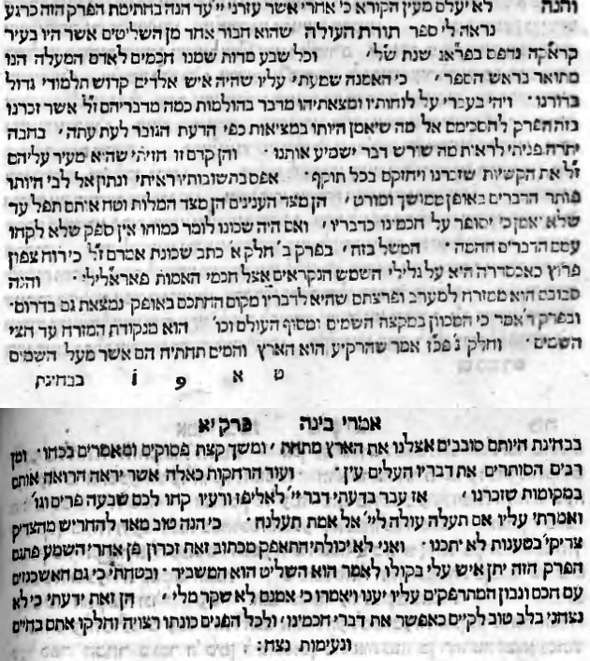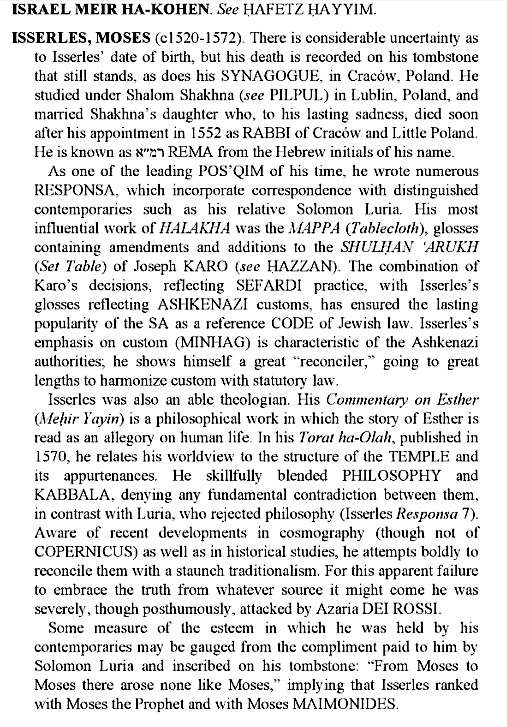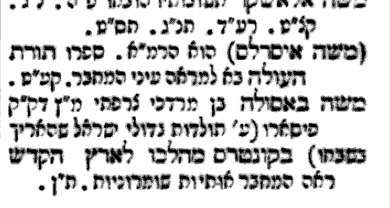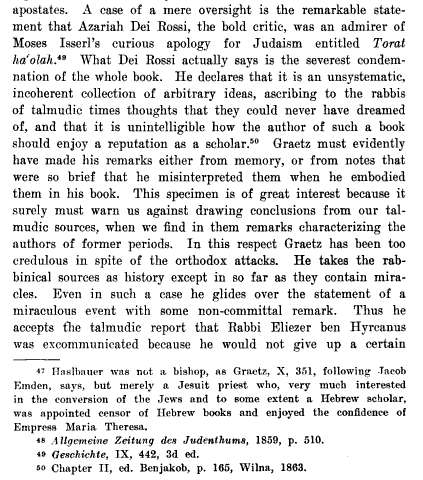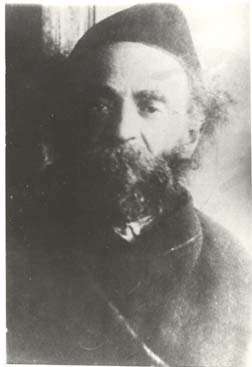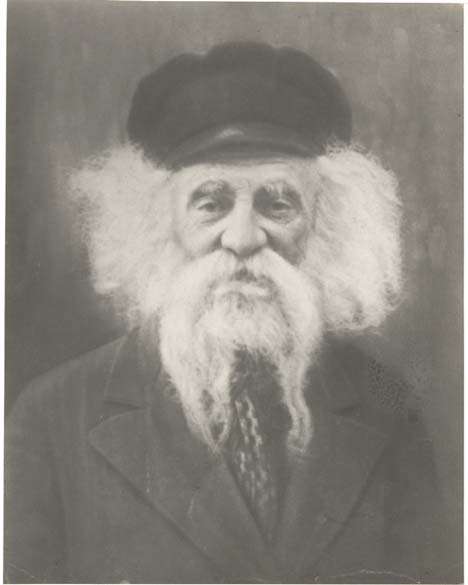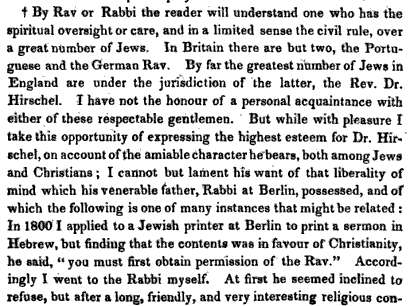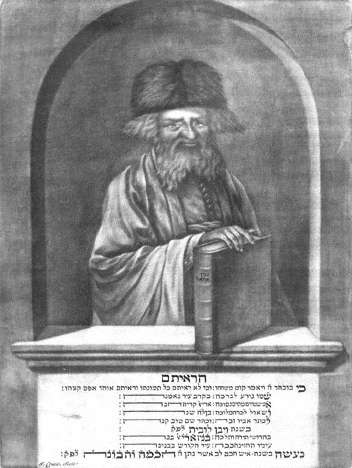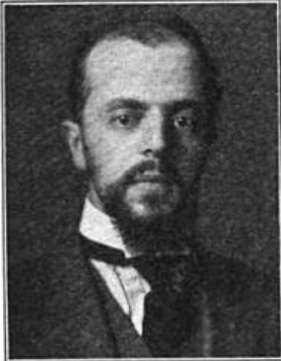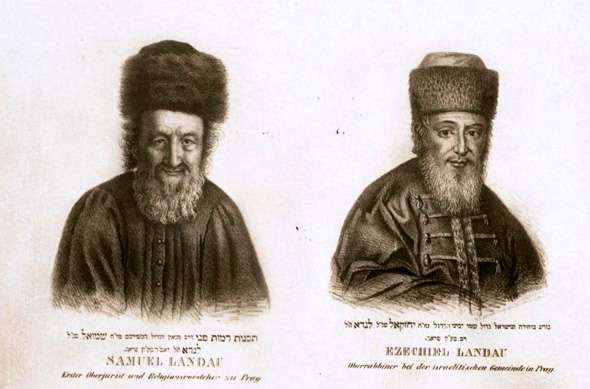
Depicted are the Landaus, father and son, of Prague. Rabbi Samuel Landau (d. 1834) did not succeed his father as אב בית דין (essentially Chief Rabbi) of Prague. Rather, he had to play a secondary role in the Prague rabbinate and rabbinic court to Rabbi Elazar Fleckeles, the foremost pupil of his father. When he died (1826) Rabbi Samuel assumed the position of אב"ד until his death. In the meantime, Rabbi Samuel headed a yeshiva in Prague, was a rabbinic leader of some influence, and published his father's writings. In one volume of his fathers sermons, אהבת ציון (Prague, 1827), the son added several of his own sermons. The 12th, a sermon delivered before Prague's Chevra Kadisha on February 29, 1816 contained the following passage:
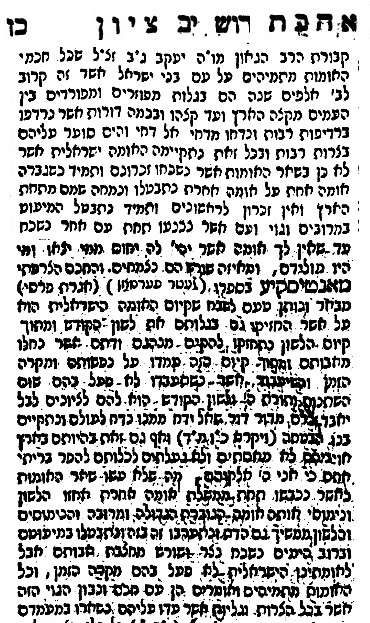
(The passage is on pp. 52-53 of the hebrewbooks pdf.)
As you can see, Rabbi Samuel notes that all the gentile scholars marvel at how the Jewish people keep on ticking despite the tribulations of exile for nearly 2000 years. This is not so for the fate of other nations, who lost their identity under similar circumstances, and assimilated into the nations which overwhelmed them. He then quotes Montesquieu (and puts Montesquieu in bold print for emphasis), whom he helpfully explains was a French scholar, as giving a reason in his Persian Letters, why the Jews were able to be strong in their exile, and the reason is the Hebrew language. They kept this language, and this was the key to their keeping their religion and customs, and so forth.
The idea in this sermon is of course directed against Reformist currents of the day which were moving toward limiting the role of Hebrew in prayer and learning, and trying to add or replace it with German. Specifically, he is bothered by catechisms and abridgments of the Bible for the youth written in German.
Incidentally, I tried to find this in the Persian Letters, but couldn't. I will note that Rabbi Landau subscribed to the Berlin periodical המאסף, and a Hebrew adaptation of the Persian Letters by Isaac Euchel called איגרות משולם בן אוריה האשתמועי appeared in a number of volumes. In the early days of modern Hebrew literature the presentation of European works in Hebrew tended to be adaptations rather than translations, reworked with Jewish characters and themes. Thus I think it is possible that Rabbi Samuel Landau did not actually read Montesquieu's Lettres Persanes, but he read Iggerot Meshullam, although I have not seen it myself and can't verify if it contains such a passage. My other possibility - apart for having overlooked such a passage concerning the Hebrew language in the Persian Letters - is that in reality the idea is found in the famous Letters Writ by a Turkish Spy, an extremely popular work which influenced Montesquieu's, and does contain some sentiments that are possible candidates for Rabbi Samuel's reference.
I think we can already get a sense that Rabbi Samuel Landau was a little bit . . . modern? It's hard to get a complete sense of him, because he is quoting Montesquieu to defend tradition. Presumably he had reason to believe that such quotations were appropriate for his audience, and that it could speak to them. On the other hand, he was a bit of a modern rabbi. In Dovid Katz's dissertation on the father, the Noda Beyehuda, he describes the son as "kind of a maskil, a member of the Prague Jewish Enlightenment which was interested in considerations of literary aesthetics in a manner that pre-Enlightenment rabbis like Ezekiel would have considered of distinctly secondary importance and not worthy of extended reflection and discussion member of." Katz notes that Jewish Enlightenment in Prague was much more moderate than in Berlin, and cites Leopold Low (writing in 1851) giving an example of how, in a practical manner, the maskilim in Prague at the turn of the century conducted themselves in contrast with the Prague traditionalists and moderate traditionalists:
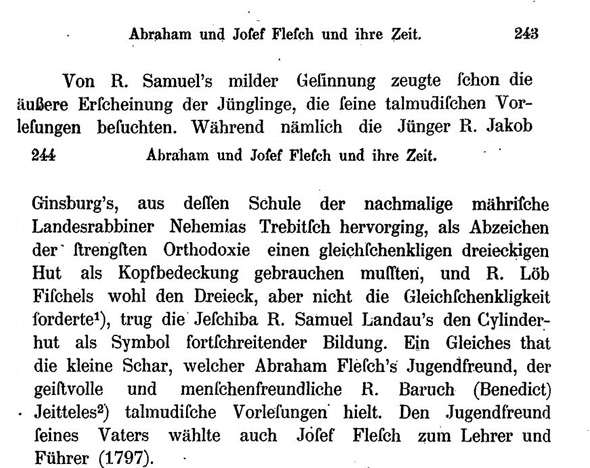
Low is saying that there were three kinds of yeshivos in Prague. The traditionalists wore Tricorne hats whose sides were of equal length. The moderate traditionalists wore Tricorne hats of unequal lengths, while the maskilim wore a kind of cylindrical hats, as in e.g. the yeshivos of Rabbi Baruch Jeitteles and Rabbi Samuel Landau.
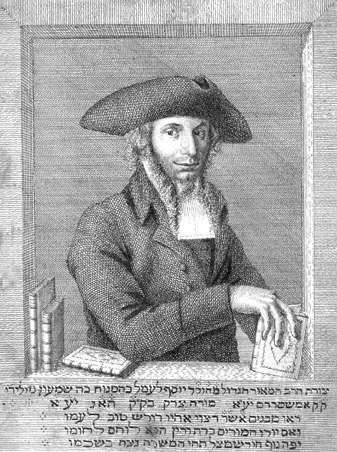
This is an 18th century rabbi in Amsterdam, which gives you a sense of what it was like back in the days when rabbis and yeshiva students wore Tricorne hats. Anyone who has seen depictions of Colonial Americans in these hats probably wondered at some point why it is that we stop seeing them suddenly, although we can't necessarily say when. According to the Wikipedia entry, they fell out of fashion sometime around the time of the French Revolution (1789). In fact, I remember that this was graphically depicted in the excellent minseries John Adams, which was conceived with great attention to historical detail. Anyone who watched the series probably noticed three-corner hat after three-corner hat, and then suddenly! no more Tricorne hats. It is perhaps not surprising that among some Central European Jews these hats did not suddenly disappear when the fashion changed, although among others it did. Draw your own contemporary analogies.
I found it interesting to see this piece of Rabbi Samuel's sermon quoted in a book by a Satmar rabbi called שלא שינו את לשונם, intended to combat the contemporary scourge of Jewish women reading Torah works, stories about Zaddikim, hashkafah and halacha in English. One wonders if they should read Montesquieu's Lettres Persanes?
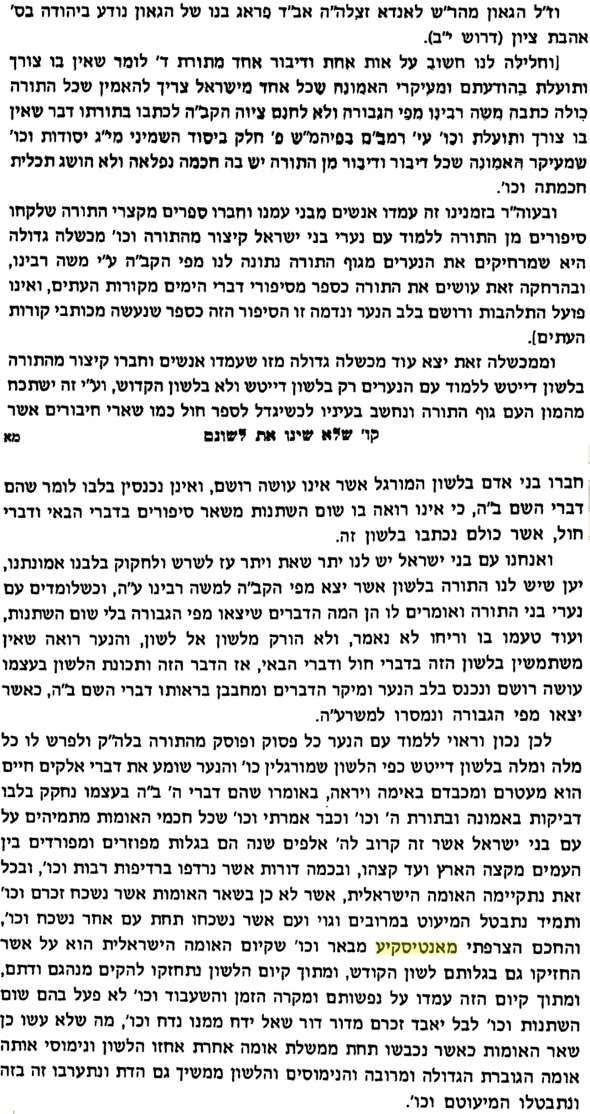
Title page and contents:
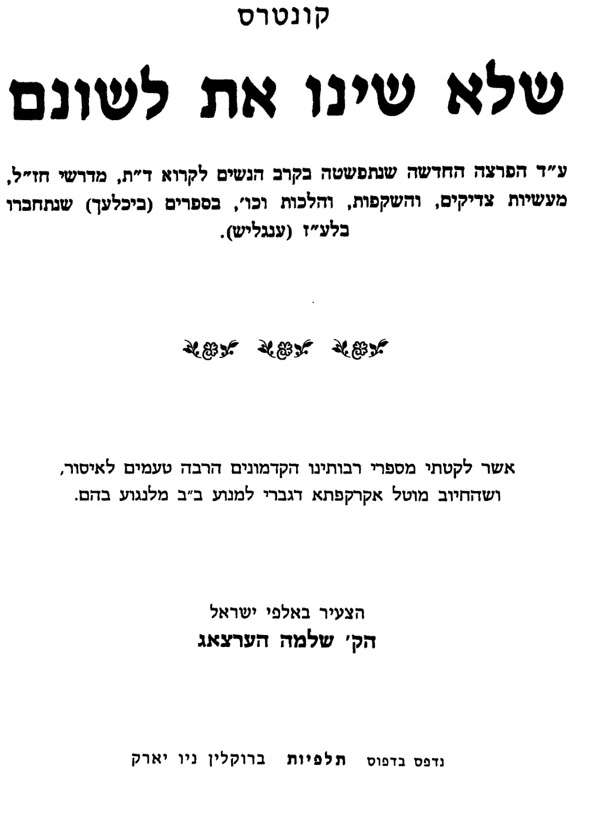

Finally, below is a fascinating image which I hadn't been able to figure out a context for how to post until now:
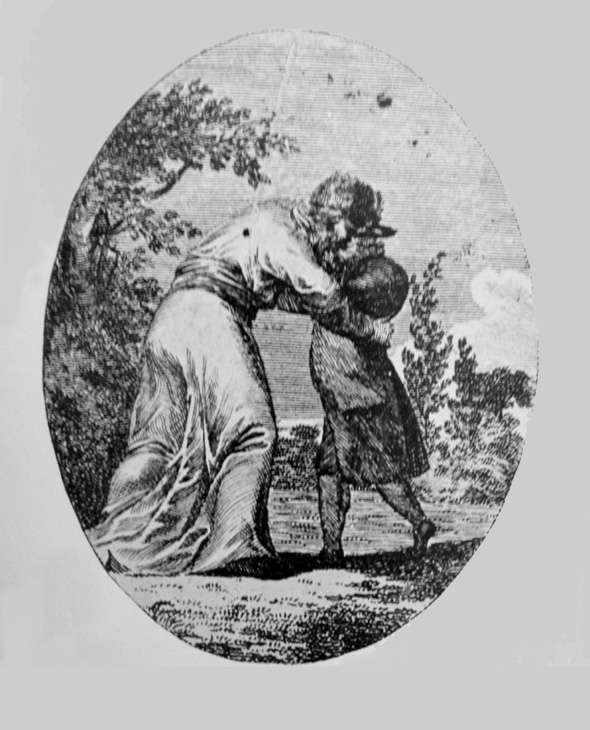
This scene is the frontispiece to a eulogy for Rabbi Ezekiel Landau published in 1793 called אלון בכות by יוסף האפרתי of Tropplowitz (1770-1804). Here we see the Noda Beyehuda rushing into Moses Mendelssohn's embrace in the afterlife. I don't know if this would be the first imagining of real-life antagonists meeting and embracing in the next world, but it would not be the last. The following was printed in 1899 concerning the death of Rabbi Ya'akov Emden (link):

More recently, on pg. 253 of 'Pathways of the Prophets,' (Artscroll Mesorah 2009; a book which merits its own post or posts) Rabbi Yisroel Reisman writes concerning the debates between the same R. Ya'akov and the grammarian R. Salomo Hanau:
"In my mind's eye, I picture Rav Yaakov Emden and Rav Zalman Henna in Gan Eden, arm in arm, in friendly embrace.
"On second thought, I would picture them in the Mesivta d'Rakea, the Great Beis HaMidrash in Heaven, debating the law of our Holy Tongue in a more animated manner than ever!"
Although that would have been the poetically correct place to end this post, I cannot resist a couple of remarks concerning the Noda Beyehuda's physical size. While it's true that Mendelssohn was short and bent, you can see in that depiction that Rabbi Ezekiel was an uncommonly tall man. In fact, both his son (Rabbi Yakobke) and his disciple R. Elazar Fleckeles describe him as tall, large and handsome. Rabbi Fleckeles even asserts that he looked like a 21-year old when he died (aged 79)!
Rabbi Landau famously reopened a discussion concerning the size of shiurim, halachic sizes of food, which has ramifications for halachic practice even today (see Rabbi N. Slifkin's very interesting article The Evolution of the Olive: The Halachic History of the Expanding Kezayis). Briefly, one rabbinic source equates the volume of an egg and a half with the Talmud's description of a liquid measure, the revi'is, as the volume of the width of two thumbs by two thumbs, with the height of 2.7 thumbs. Rabbi Landau tried it out and discovered to his surprise that his own thumb times 2 and 2 and 2.7 produced the volume equal to three eggs! This in turn raised the question of whether or not thumbs were now larger (which he rejected) or eggs.
In any case, Rabbi Fleckeles writes that in light of the fact that Rabbi Landau was, well, huge he asked him exactly what you are wondering: Rebbe, aren't your thumbs rather big, twice as big as average?

And he responded by nodding and laughing.
Katz pointed out that the precise intention of the response, "he nodded and laughed" is debated in various other sources.

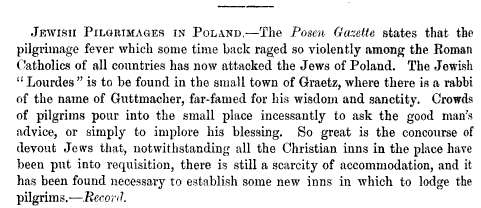
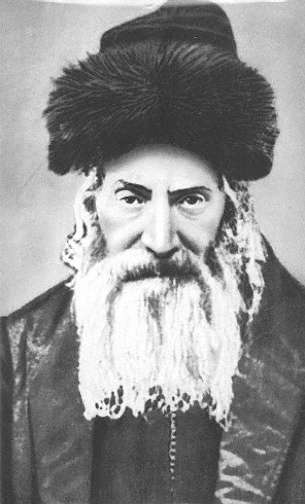
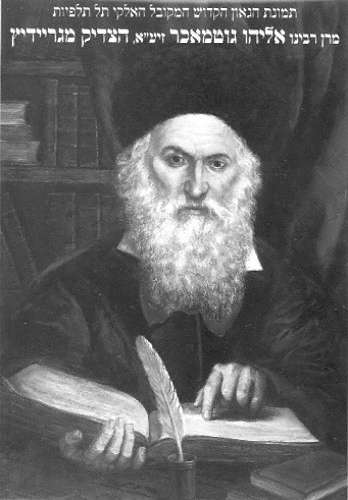
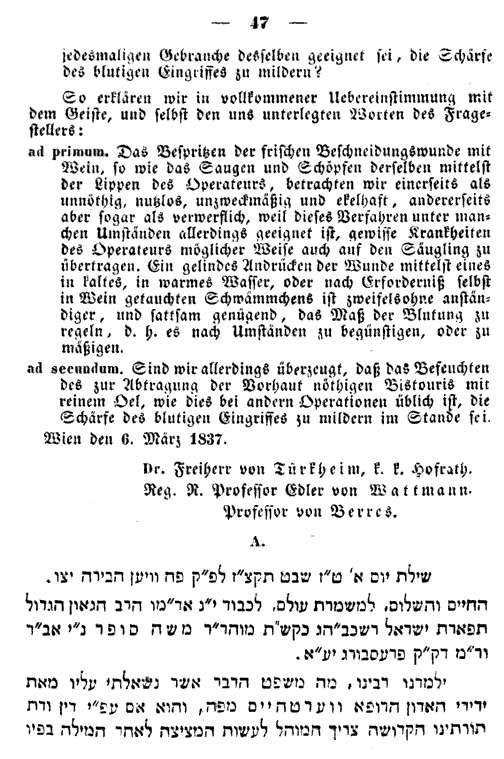
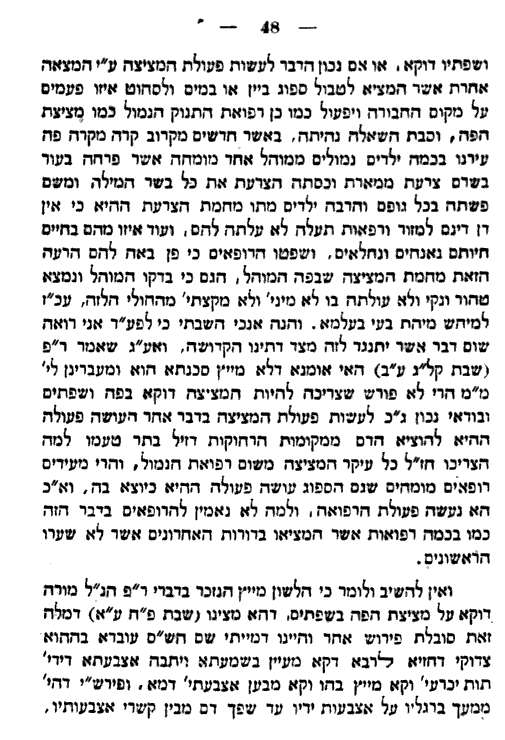
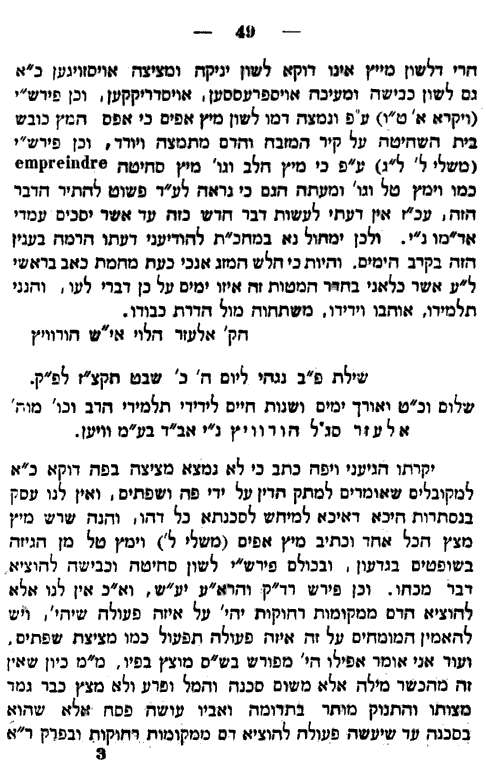
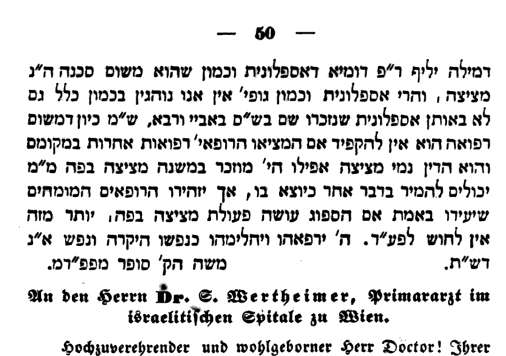
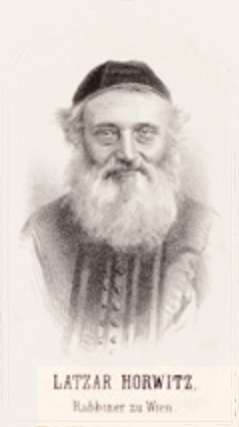 :
:


